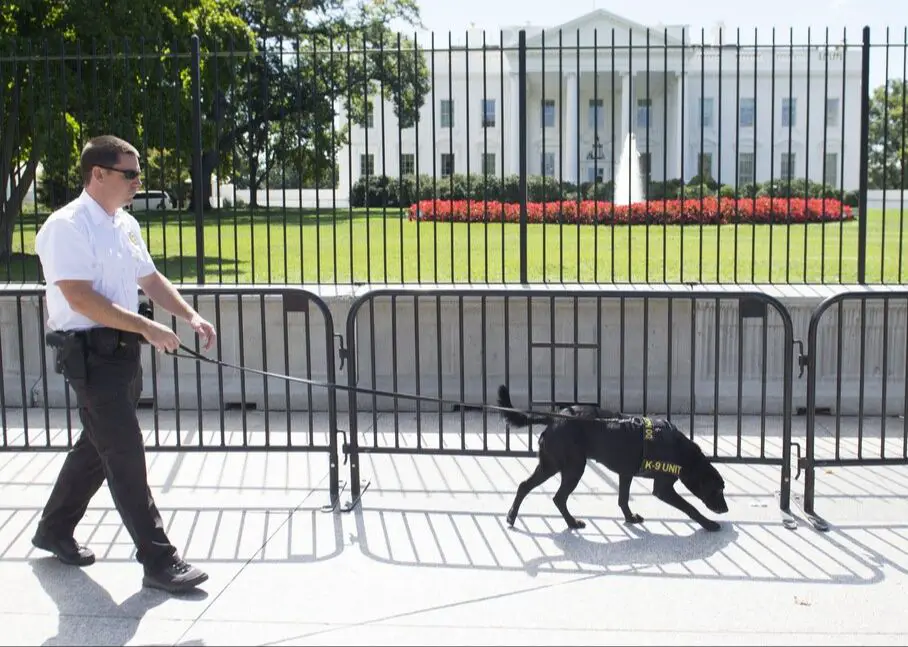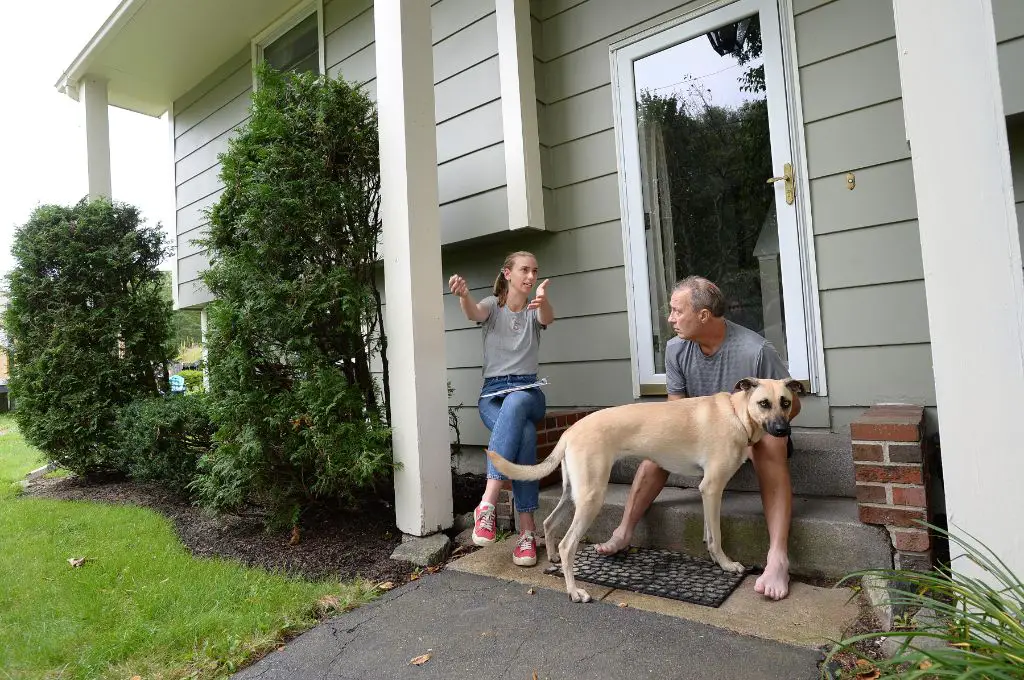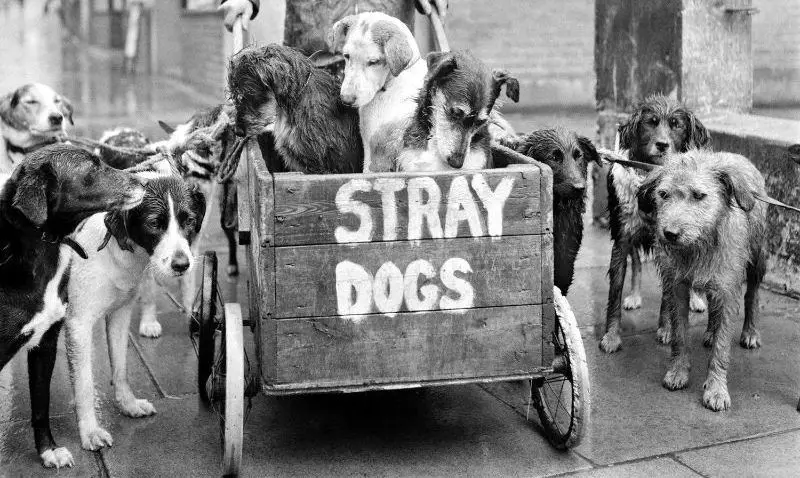Definition of a Dog Catcher in Politics
A dog catcher is a local government official who is responsible for catching and impounding stray dogs. The role typically involves patrolling neighborhoods, responding to complaints about loose dogs, and bringing the animals to an animal shelter or pound. Though the name suggests they only deal with dogs, dog catchers may be tasked with handling other animals as well, like cats, livestock, or wildlife.
Despite the name, dog catchers are very rarely elected positions. The phrase “couldn’t get elected dog catcher” is used idiomatically in politics to refer to someone who could not succeed in even the most minor elected office. This is because dog catching is traditionally an appointed civil service job, not an elected political position.
However, there have been some instances of actual elections for dog catcher. For example, in the 1950s William Missemer won a one-year term as dog catcher in Moberly, Missouri through an election (Source). But these cases are rare outliers to the norm of dog catchers being hired professional staff within a municipal animal control department.
The role of dog catcher is considered one of the lowest tiers of local government. Thus the idiomatic saying reflects the perception that someone totally unqualified for public office could only hope to win if running for an insignificant position like dog catcher.
Origins and History
The role of dog catcher has its origins in the 19th century when rapid urbanization led to an increase in stray dog populations that posed threats to public health and safety. According to the Washington Post, in the late 1800s major cities began appointing “poundmasters” to round up strays and bring them to municipal pounds (source). Many poundmasters would earn money for each animal they brought in. The term “dog catcher” emerged as a more informal name for those tasked with catching stray dogs.
Over time, the role evolved into a more formal position within animal control departments. According to Code3Associates, by the early 20th century, major cities had budgets and staff dedicated to animal control. The focus expanded from just dealing with stray dogs to enforcing animal-related laws, licensing pets, investigating animal cruelty, and sheltering lost or abandoned animals (source). The term “dog catcher” persisted colloquially despite the expanded responsibilities.
While initially dog catchers operated with minimal training and oversight, today’s animal control officers undergo extensive training in areas like animal handling, law enforcement, and community outreach to properly carry out their duties.
Day-to-Day Responsibilities
The main duty of a dog catcher is to enforce local animal and pet ordinances. This involves responding to complaints about stray dogs, loose pets, or animals causing a nuisance in the community. According to an article on NPR, dog catchers are responsible for “rounding up and impounding unlicensed dogs” (NPR).
When complaints come in about stray or loose animals, the dog catcher will investigate, locate the animal, and capture it humanely using equipment like leashes, catch poles, or nets. They are responsible for transporting the animals safely and delivering them to the local animal shelter or pound.
Dog catchers must keep records of all calls received, animals picked up, and other enforcement actions. They may also educate pet owners about licensing requirements, leash laws, and spay/neuter policies in their community.
In smaller towns, the dog catcher may also feed, groom, and care for the shelter animals until they are claimed, adopted, or euthanized. They maintain the facilities and enclosures at the shelter as well.

Skills and Qualifications
To succeed as a dog catcher in politics, certain skills and qualifications are required. Most importantly, dog catchers need to have extensive experience working with animals, especially dogs. This is key to being able to humanely and safely capture stray or loose dogs. Knowledge of dog temperaments, behaviors, and handling techniques is essential.
In addition to animal handling skills, dog catchers also require physical stamina and strength as the job involves a lot of active time outdoors and can involve pursuing and capturing animals on foot. They also often need to lift and control dogs. Being in good physical condition with endurance is important.
Dog catchers also need certain equipment and tools such as leashes, muzzles, nets, cages and vehicles suitable for transporting animals safely. Knowledge of the proper use of this equipment is necessary. Additionally, understanding of local ordinances and laws relating to stray animals and dog catching is important.
In terms of education, there are no specific requirements but many dog catchers have a high school diploma and some complete certificate programs in animal control. Experience working in animal shelters, control agencies or veterinary contexts can be valuable preparation for the role of dog catcher.
Salaries and Benefits
Dog catchers in the United States typically earn between $54,017 and $60,727 per year according to Salary.com. The average salary is around $60,000 annually. In terms of hourly wages, Indeed reports the average rate as $19.64 per hour.
There is some variability in salaries based on location. Animal control officers earn more on average in metropolitan areas compared to rural regions. For example, the average annual salary in California is $63,670 while in Texas it is $55,640 according to statistics from Salary.com.
Standard benefits for dog catchers include health insurance, paid vacation and sick days, retirement contributions, and reimbursement for work-related expenses such as mileage. Many receive additional benefits like dental and vision insurance. Opportunities for professional development and continuing education may also be offered.
Standing for Election
Most dog catchers are elected officials who must stand for election to win or retain their positions. In the United States, dog catcher positions emerged in the mid-19th century as cities grew and the need arose to control roaming dogs and enforce licensing and vaccination laws.

According to the Washington Post, many cities established dog catcher positions that were subject to local elections. It became common to use the phrase “couldn’t get elected dogcatcher” to describe unelectable candidates. While largely seen as a trivial elected role today, some candidates have proudly campaigned on their dog catching experience and credentials.
Over time, dog catcher positions evolved into the more professional role of animal control officer. While some animal control officials are still elected, many are now appointed. However, the tradition of electing dog catchers persists in some smaller jurisdictions. As an example, Duxbury, Vermont elected dog catcher Zeb Towne in 2018, one of the few remaining elected dog catchers in the United States.
Relevance to Politics
Although the role of dog catcher may seem insignificant, it can play an important part in local elections and politics. Historically, the phrase “couldn’t get elected dog catcher” was used to describe unelectable candidates or those with no political future. However, as the role modernized from literal dog catching to animal control, the position gained more relevance in local communities.
As an elected position, dog catcher gives politicians an opportunity to gain experience running campaigns and build name recognition before pursuing higher office. Serving well in the role also allows candidates to build trust and rapport with constituents. According to an article on NPR, the dog catcher represents “the entry-level political job” in some small towns, providing the first step on the political ladder (source). In this way, the humbler role of dog catcher maintains relevance as a potential springboard for greater political ambitions.
Controversies
Dog catchers have faced controversies related to their methods and treatment of animals. In the 19th century, dog catchers often used cruel methods to capture strays, including the use of “dog tongs” to seize dogs by the neck and choke them into submission (The Hill). More recently, some dog catchers have faced accusations of inhumane treatment of animals in their care. For example, in 2007 an Arizona dog catcher was charged with animal cruelty after over 20 dead dogs were discovered in a freezer, having allegedly died from neglect, starvation or exposure (The Washington Post).
Dog catchers have also been criticized when enforcing policies such as breed-specific legislation, which targets certain dog breeds. This can be controversial, as critics argue it is the owners, not the breed, that are responsible for a dog’s behavior. Overall, dog catchers must balance public safety with animal welfare, two important but sometimes conflicting goals.
Famous Dog Catchers
Dog catching may seem like a humble profession, but a few dog catchers have achieved great fame and influence. Here are some of the most well-known dog catchers in history:
Elmer Zilch was elected as dog catcher in Springfield in 1950. Known for his kind and patient demeanor, Zilch revolutionized dog catching by using humane methods and working to reunite dogs with their owners instead of euthanizing strays. He served for over 20 years before retiring in 1972. Zilch’s approach is still used as a model today (NPR).
Sally Jones made history in 1985 when she became the first female dog catcher elected in the state of Maine. Based in Portland, Jones quickly gained notoriety for her no-nonsense approach and for expanding the role of dog catcher to include public education about responsible pet ownership. She served three terms before leaving to run animal control for the state (Washington Post).

Archie Scooper gained international fame in the 1990s as the dog catcher for London, England. His humorous memoir about chasing runaway corgis and calming aggressive mastiffs was a bestseller. Scooper brought an entertainer’s flair to the role and showed that dog catching could be about more than just impounding pets. He retired in 2005 after being named an Officer of the British Empire.
The Future of the Role
The role of the dog catcher is likely to continue evolving as society’s views on animal welfare advance. Historically, dog catchers focused on rabies control and removing “nuisance” strays from communities. However, modern animal control officers have a much broader mission of public safety, enforcing animal-related laws, reuniting lost pets with owners, operating shelters, and promoting humane education (https://icma.org/articles/pm-magazine/dog-catcher-no-more).
There is an increased focus on compassion, community outreach, and finding positive outcomes for animals. For example, some jurisdictions have adopted “no kill” policies for shelters and introduced pioneering programs like trap-neuter-return for community cats (https://network.bestfriends.org/proven-strategies/operations/field-services-return-owner/redefining-role-dogcatcher). The goal is evolving from simply removing animals to reducing overpopulation and preventing animals from entering shelters in the first place.

Technology will likely continue transforming the role as well. Tools like microchipping, GPS tracking collars, and facial recognition software for identifying lost pets can increase successful reclaims and make operations more efficient. Social media enables improved public communication and community engagement. Going forward, the role may shift even further from enforcement to a more collaborative, solutions-oriented animal welfare worker.
